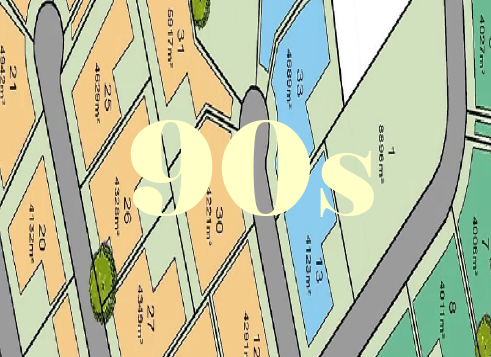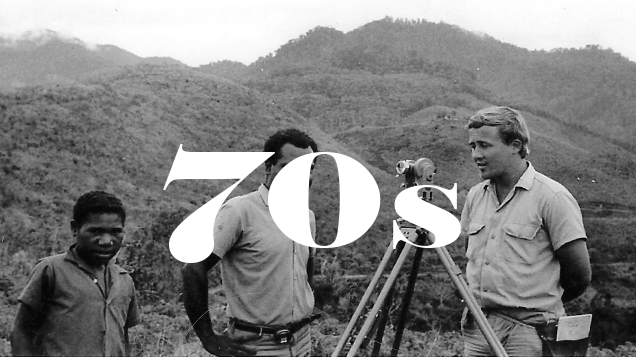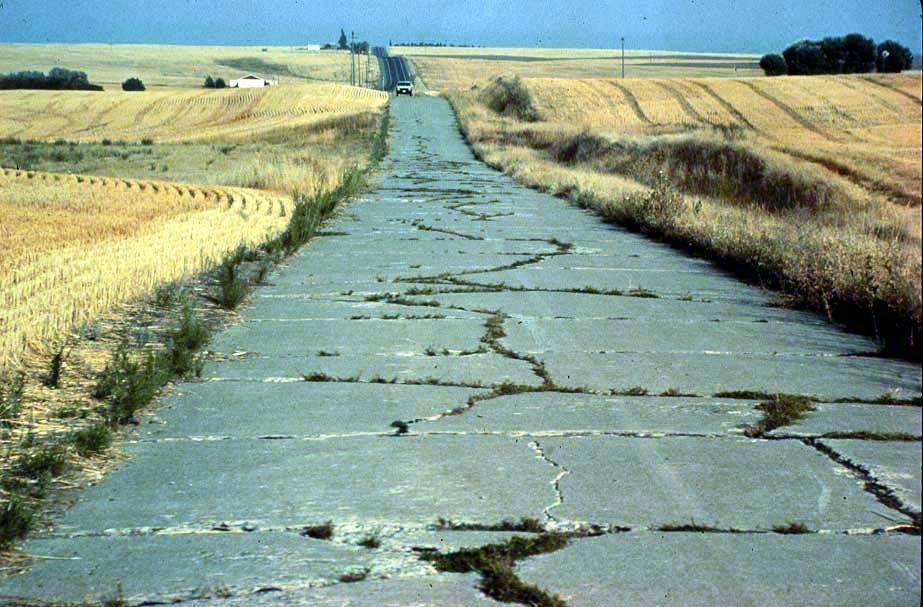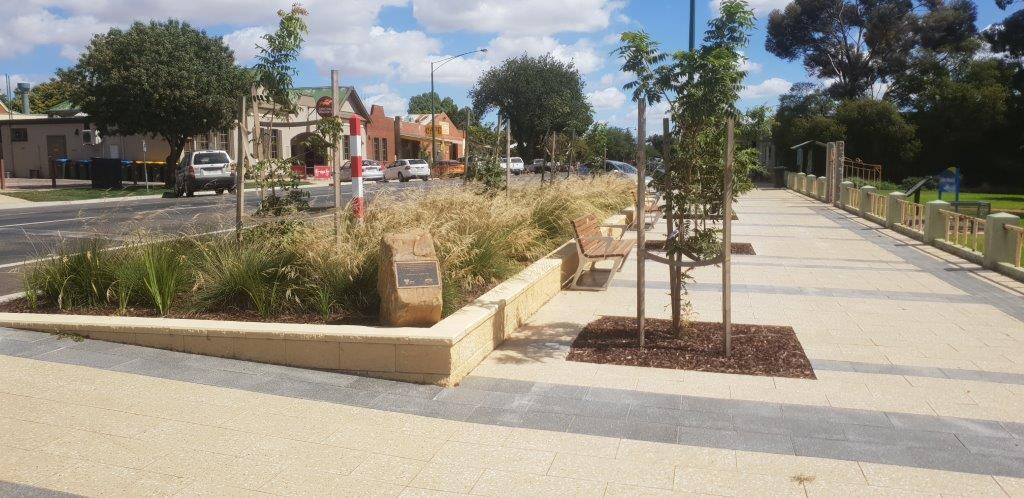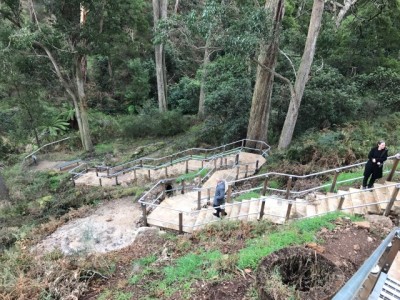Changes of Significance in 16 years

When I was asked to write an article for our website, I did struggle to select some interesting subject matter. Hopefully this is interesting to some. I joined Tomkinson Group at the start of 2003 as a Project Engineer where I detail designed and project managed subdivisions and other infrastructure projects. I have now since spent the best part of the last 8 years as the Engineering Manager, where I’m more involved in the initial project phases such as project feasibilities, concept design, and planning rather than the intricate detail design I used to do. I let my excellent engineering team do all that. This article assignment did prompt me to think what has been the significant changes I have experienced in the industry over the last 16 years in the company. So I’d thought I’d share my thoughts on my top 4.
- “Much more fingers in the pie!” – Back in 2003, to complete a subdivision we commonly dealt with just Council (Engineering and Planning Depts), a Water Authority, Power Authority, Telstra, and the Gas company and maybe DSE for significant vegetation removal (Now known as DELWP or as my Father called it back in 2003, the “Department of Constant Name Changing”. Probably something that hasn’t changed!). Now it feels like there is an absolute plethora of additional Authorities or different departments of Authorities that we have to work with to achieve a subdivision. For example Councils now commonly have multiple departments influencing the subdivision outcome such as Landscaping and open space departments, Road naming officers or committees, separate drainage, traffic and subdivision engineers. I recently worked with a Water Authority’s Land and Catchment Coordinator regarding restatement of some work in their land for the first time ever.Another example is if the subdivision is against a creek in Crown Land, it will most likely now trigger assistance from the following consultants or authorities: Cultural Heritage Consultants, RAP, GMW, NCCMA, Council, DELWP, a Land Use Activity Agreement, a Flood consultant, and Vegetation or Fauna consultant.These are all with different processes, agreements, contracts, deeds, and levels of service. This all takes a lot of coordination, time, and is a balancing act with often competing policies or objectives. As a guide, I remember in 2003 records for a 30 odd Lot subdivision fitting in one lever-arch file. Today, that is closer to about six or more, despite our digital filing (paperless office anyone!?). The role that the Project Manager plays in a subdivision has now overtaken the amount of time that Civil Design Engineer spends on most projects.
- I think that have been some positive outcomes with the “significant improvements in subdivision designs” (urban design). There is much better integrated design with the sites constraints and opportunities. The Lot layout designer (or urban designer) takes far more consideration of the sites characteristics such as drainage paths. It is extremely rare to see a trapped low point in a road in todays designs. The practice of fronting roads along watercourses and not have Lots backing onto them, I think is a better outcome overall. Allowing shared paths off the road network and passive surveillance. NB: Clearly I been working with Planners for too long and adopted their “jargon”. ?
- “Is a 2 lot subdivision viable”? It is now very common in the lower priced areas of Bendigo that the costs to complete a “standard” two Lot subdivision are too high to make it an economically viable proposition for most clients. Proceeding without a preliminary assessment of all costs for any subdivision is fraught with danger and risk. These small subdivisions even more so. Up to about 2011, most 2 lot subdivisions were economically viable.
- Black Saturday impacts. This awful and significant 2009 event lead to the introduction of the Bushfire Management Overlays with far greater consideration of the potential bushfire impacts on subdivisions. This has influenced subdivision design significantly when sites are positioned against large fire hazards, which is a common occurrence in Bendigo.
Matthew Elliot
Engineering Manager




